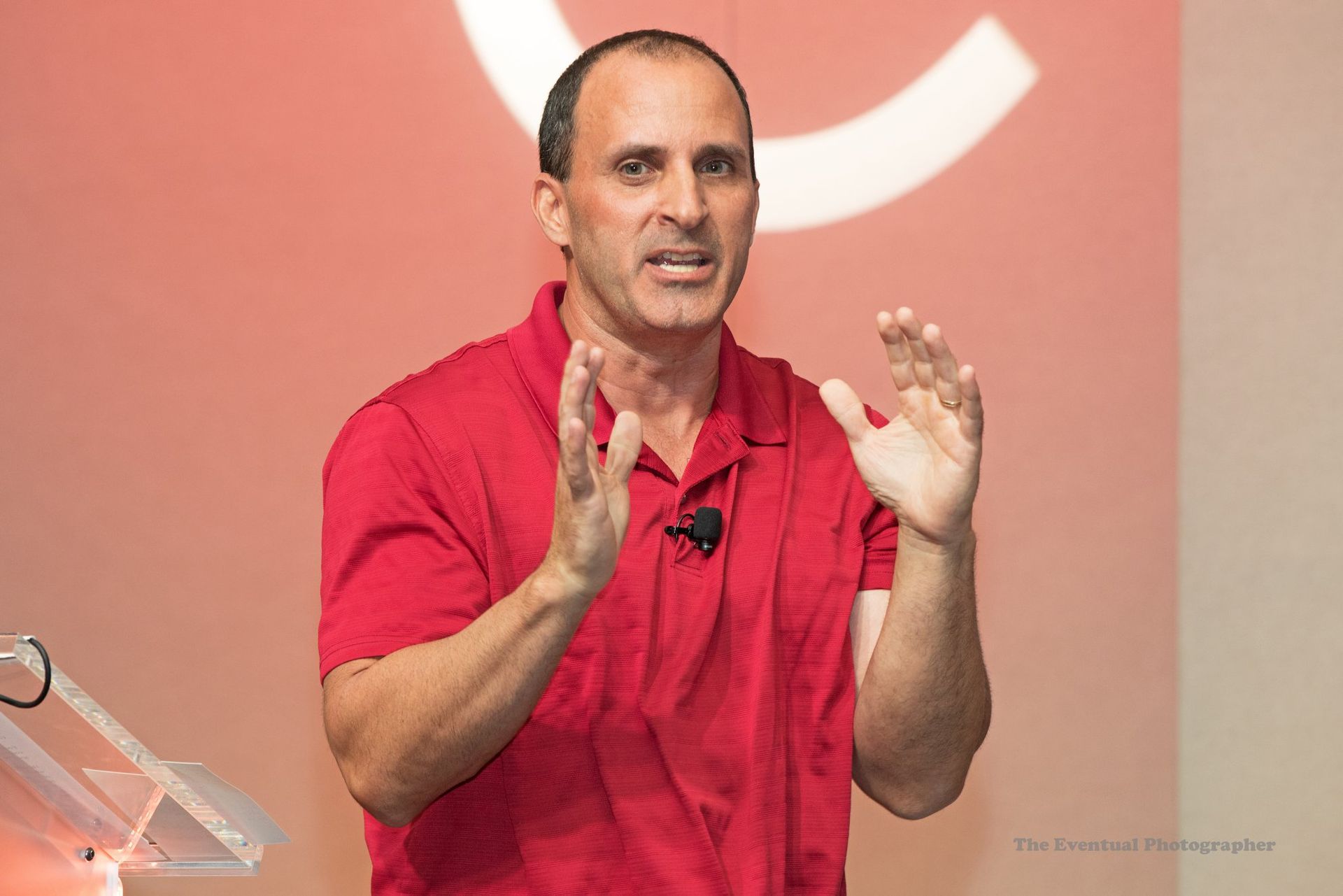IBM: Problems Before CEO Transition
No doubt, Rometty inherited big challenges when she became IBM's president and CEO in January 2012. Her predecessor, Sam Palmisano, appeared to have a very successful tenure based on profits and revenue growth. In reality, Palmisano failed to anticipate the full impact of cloud computing, and the implications across IBM's hardware, software and services businesses.During the first few years of Rometty's CEO tenure, she focused on long-term earnings-per-share targets -- before finally conceding the targets couldn't be reached. More recently, Rometty has aggressively pushed IBM toward cloud, cognitive computing, mobile and security opportunities.Fast forward to present day. At first glance, Rometty's vow to create 25,000 U.S.-based IBM jobs over the next four years deserves some praise. But take a closer look and there's plenty of reason to be skeptical -- especially since IBM has been so coy about its layoff figures and U.S. employment numbers in recent years.IBM's U.S. Headcount: Quite A Mystery
As Reuters noted today:"While the firm does not break out staff numbers by country, a review of government filings suggests IBM's U.S. workforce declined in each of the five years through 2015.
In annual Department of Labor filings, IBM has reported that the active number of participants in its 401(k) pension plan fell to 84,350 last year from 110,876 in 2010.
When asked why IBM planned to increase its U.S. workforce after those job cuts, company spokesman Ian Colley said in an email that Rometty had laid out the reasons in her USA Today piece.
Her article did not acknowledge that IBM had cut its U.S. workforce, although it called on Congress to quickly update the Perkins Career and Technical Education Act that governs federal support for vocational education."




